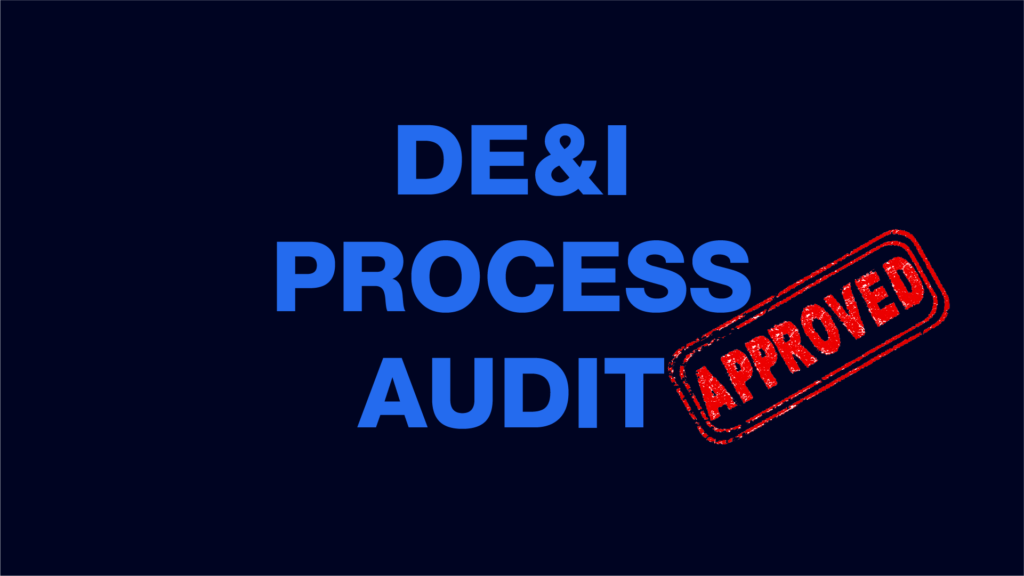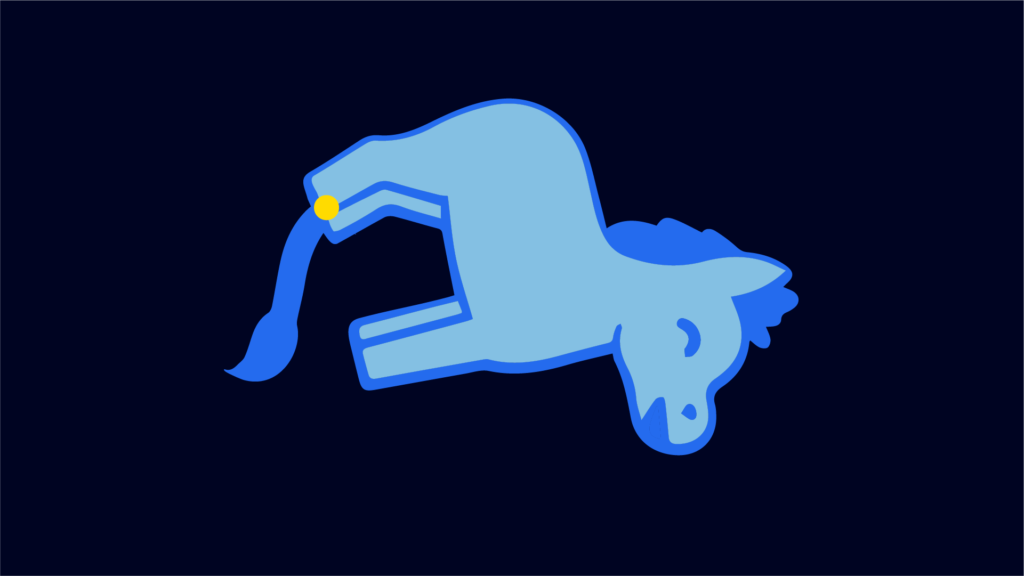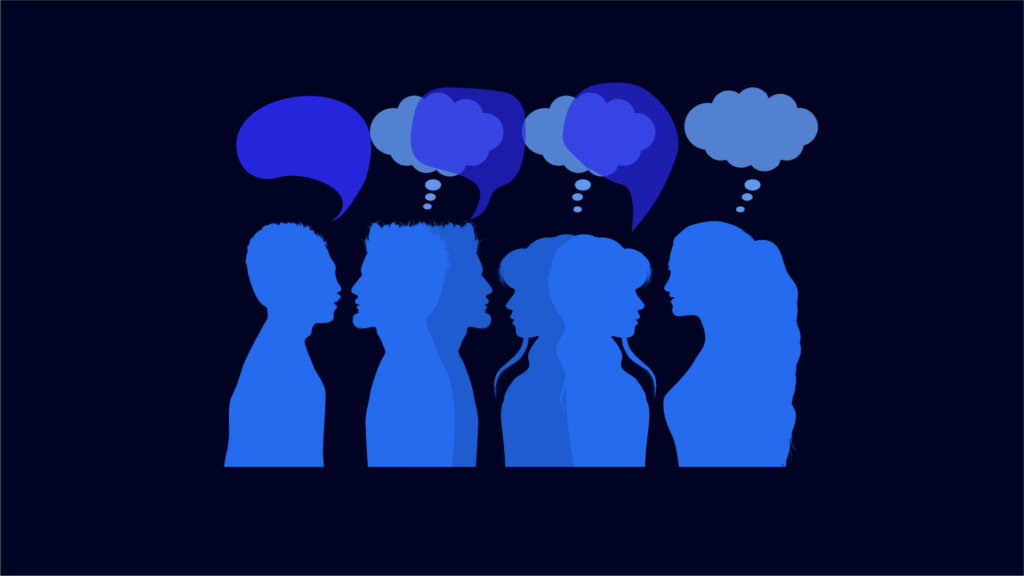Consciously Overcoming Unconscious Bias
In Brief
- The IAT unconscious bias test claims to be able to identify our unconscious biases.
- The test itself has been discredited by the scientific community for being unreliable and invalid, which are the two measures that matter in psychometric validation.
- Even the authors of the test now write that it is a flawed test.
- System 1 and System 2 thinking, a concept introduced by the first person to even mention unconscious biases (cognitive biases), may provide a better solution.
The Details
Unconscious biases exist. Discrimination in the workplace is unacceptable, and there are groups of individuals who are underrepresented, and we should all be doing our part to make sure all sufficiently competent people have a fair opportunity to progress in their careers and to do so without fear of discrimination. Focusing on D&I is the right thing to do. That shouldn’t be news to anyone, and all reasonable people would, I hope, support all positive steps taken to continue to address all discrimination. However, the approach of the corporate world to rid us of our unconscious biases really needs to be addressed as it is the wrong solution to the correct problem.
Unconscious bias training originated from a revolutionary paper that was published outlining the Implicit Association Test (IAT) (Greenwald et al., 1998). This is the test that, still to this day, purports to measure our unconscious bias as it relates to race, sex, age, and other prejudices. This isn’t one of the many tests; it’s the foundation upon which all contemporary unconscious bias commentary is built. Anyone can take the test.
When you take the test, it takes you through a series of questions that you could quite easily lie about if you felt so inclined. For example, it gives you various different choices of statements to choose from when defining how warm you feel towards “European Americans” and “African Americans,” with a choice to be neutral. You are then asked to use two keys on your keyboard (E and I), using the left key when you see a bad word pop up on your screen and the right key when you see a good word. You’re then asked to select the left key when a good word or an image of a black person appears and the right key for when a bad word or an image of a white person appears. Then they switch it, so the bad word is associated with a black person and the good word with a white person. The whole measurement of this part of the test is the millisecond difference in response time when bad or good words are associated with black or white people. If you’re clicking black people quicker when they’re associated with the bad word, then their theory is that you have a “slight, moderate, or strong preference for white faces over black faces.” So, in other words, this test claims that depending on how quickly you react, you are either racist or not. Even if you believe you’re not racist and your actions have never implied that you’re racist, this test can “find the truth.” You are then a candidate for unconscious bias training where well-paid consultants will come to your office and train it out of you, or so the theory goes.
If only the IAT did hold the key to why discrimination still exists to this day. If only all we had to do was go to training and have our unconscious biases educated away from our unconsciousness that we, by the way, do not control. The theory of the IAT and its underlying suggestions were looking very robust until it came time to go under the scrutiny of the psychometric standards of testing for reliability and validity, something which should actually have happened before it was even released. In psychometrics, which is essentially the attempt to measure human behaviors, the research has to follow certain guidelines. They can’t just come up with a theory and publish it. To put it simply, they have to pass tests for “reliability” and “validity,” which aren’t just made-up terms; the criteria are laid out in full in guidelines provided by the American Psychological Association.
When the reliability test was conducted on the IAT test, it found that, on average, if someone were to take the test more than once, the statistical chances of them getting the same answers each time is roughly 9% (Lane et al., 2007). That doesn’t come close to the minimum criteria to be deemed a credible scientific paper. These are not the opinions of people who think unconscious bias doesn’t exist. Everyone is in agreement that we do have unconscious biases, but what this dreadful test-retest score tells us is that the IAT has no right to make suggestions about our unconscious inclinations.
Furthermore, with the second test to qualify whether it has psychometrics merit, the validity test fails just as badly. For a test to be valid, it has to be shown to be measuring what it claims to be measuring. The test suggests that unconscious bias is responsible for discriminatory behavior, so it would follow that those scoring highly for unconscious bias would also score highly for explicit discrimination. In 2015 two of the architects of the IAT, Anthony Greenwald and Mahzarin Banaji, wrote a paper, “Statistically small effects of the Implicit Association Test can have societally large effects.” (Greenwald et al., 2015). This paper then went on to try and respond to a lot of meta-analyses (studies of studies) that have since been carried out regarding the IAT, which were overwhelmingly critical. In their conclusion of the paper, it reads: “Attempts to diagnostically use such measures for individuals risk undesirably high rates of erroneous classifications,” in referencing using the IAT as a diagnostics tool. So, in other words, even they, the creators of the IAT, are saying you cannot predict someone’s actions by doing this test, and therefore even they acknowledge that it isn’t a valid test. Not reliable, not valid, and consequently, has no scientific authority. Yet, here in 2021, when you go to their website, it suggests that 25 million people have so far taken the test.
So what is the solution? The question here is not “What is the solution to discrimination in the workplace?” That is a much broader discussion. This question is, “If this test shouldn’t be used, what should we do instead?” In my opinion, the answer is quite simple. Rather than trying to single people out using an ineffective test, let’s just start with the assumption that we all have unconscious biases. That is more of a fact than an assumption. That is not to say that all of our unconscious biases are corrupt and bigoted, but they exist nonetheless. Can we control our unconscious bias, or alternatively, is it a more achievable goal to manage our conscious thoughts in order to better control the outcomes?
A much better approach is to start with what we know about dual system thinking. The renowned Nobel Prize laureate Daniel Kahneman wrote the book “Thinking Fast and Slow” (2011) that describes how we think about and arrive at decisions utilizing two different “systems.” He is also the person who first coined the term “cognitive biases” in a paper written in 1974 (Tversky and Kahneman, 1974), which we now term “unconscious biases.” What became known as System 1 and System 2 thinking was expanded upon in a paper published in Perspectives on Psychological Science (Evans & Stanovich, 2013). Type 1 refers to the automatic thinking parts of the brain, which involves implicit learning. Think about our primitive “fight or flight” instincts, but also, these are learned actions that, over time, become intuitive, like driving. These are where our unconscious biases reside. Kahneman characterizes System 2 as “the conscious, reasoning self that has beliefs, makes choices, and decides what to think about and do.” It has also been described as “cognitive decoupling: the ability to distinguish supposition from belief and to aid rational choices by running thought experiments.” (Evans and Stanovich, 2013). It is the conscious chaperone of Type 1 thinking, constantly monitoring Type 1 actions and overriding any instincts it recognizes as wrong. It is more analytical and slow in reaching decisions, relying on all available information rather than internal impulses. Perhaps you’ll recall a time when you had a heated argument with a family member that really upset you, and your thoughts about what action to take next were a lot more controversial than what you actually did next; this is your Type 1 and Type 2 thinking in action. Or perhaps you saw someone in the street that you were romantically attracted to and imagined a brief encounter which you didn’t act out given the morally unacceptable nature of unsolicited gestures. That again is your Type 1 and Type 2 thinking in action.
This is what the unconscious bias theory doesn’t take into account. It assumes that our Type 1 thinking is so flawed and corrupt that we need to focus on retraining that system from scratch. Good luck with that approach. If we really acted out our everyday internal thoughts and impulses without self-regulation and System 2 thinking, all of our lives would be like Jim Carey’s in Liar Liar. A more effective way to combat unconscious bias is to work on System 2, which is really what we do anyway in self-regulating our thoughts, as evidenced by the decisions being made in 2021 in large corporates and other companies on a daily basis.
Yes, all types of discrimination still exist. However, we are here in 2021, and progress is being made. If our solution is to force everyone to take a test that even the authors have admitted is not reliable or valid, what message is that sending to the greater good? That they are actually the greater bad? We’re really not. We’re mainly good, and we should be treated that way. The focus should be on ethics, standards, and education in companies, not on pointing suspicious fingers at the innocent. We need to focus on diversity training that can educate people’s conscious thought processes to make sure we understand the issues in order to be proactive in making the right choices and prosper as an increasingly diverse workforce. For those who fall short of our collective expectations, there are plenty of laws to make sure they are not welcome in the workplace anymore. Get rid of the bad apples immediately and let the rest of us blossom as one group and one race; the human race.
Key Observations
- The IAT unconscious bias test claims to be able to identify our unconscious biases.
- The test itself has been discredited by the scientific community for being unreliable and invalid, which are the two measures that matter in psychometric validation.
- Even the authors of the test now write that it is a flawed test.
- System 1 and System 2 thinking, a concept introduced by the first person to even mention unconscious biases (cognitive biases), may provide a better solution.
- We should be focusing on System 2, the conscious chaperone of System 1 thinking to overcome our unconscious biases.
About The Author
Fraser Hill is the founder of the leadership consulting and assessment company, Bremnus, as well as the founder and creator of Extraview.io, an HR software company aimed at experienced hire interview and selection in corporates and executive search firms. His 20+ year career has brought him to London, Hong Kong, Eastern Europe, Canada, and now the US, where he lives and works. His new book is The CEO’s Greatest Asset – The Art and Science of Landing Leaders.
References
Evans, J., Stanovich, K. (2013). Dual-Process Theories of Higher Cognition: Advancing the Debate. Perspectives on Psychological Science. 2013;8(3):223-241.
Gladwell, Malcolm. Blink: The Power Of Thinking Without Thinking. New York : Little, Brown And Co., 2005.
Greenwald, Anthony G.; McGhee, Debbie E.; Schwartz, Jordan L.K. (1998). Measuring individual differences in implicit cognition: The Implicit Association Test. Journal of Personality and Social Psychology, 74 (6): 1464–1480.
Greenwald, A. G., Banaji, M. R., & Nosek, B. A. (2015). Statistically, small effects of the Implicit Association Test can have societally large effects. Journal of Personality and Social Psychology, 108(4), 553–561.
Kahneman, D. (2019). Youtube. Prof. Daniel Kahneman: Art & Science of Decision Making #OCSummit19. Uploaded by OurCrowd. https://www.youtube.com/watch?v=WKSts1lNZhc.
Lane, K., Banji, M. Nosek, B. Greenwald, A. (2007). Understanding and Using the Implicit Association Test: IV. Implicit Measures of Attitudes. The Guilford Press.
Tversky, A., and Kahneman, D. (1974). Judgment under uncertainty: heuristics and biases. Science 185, 1124–1131.




